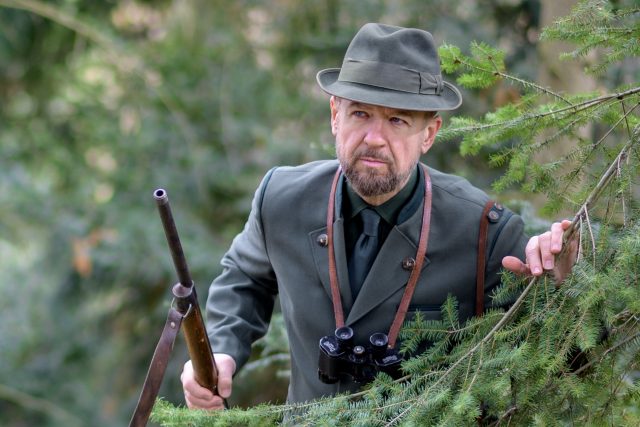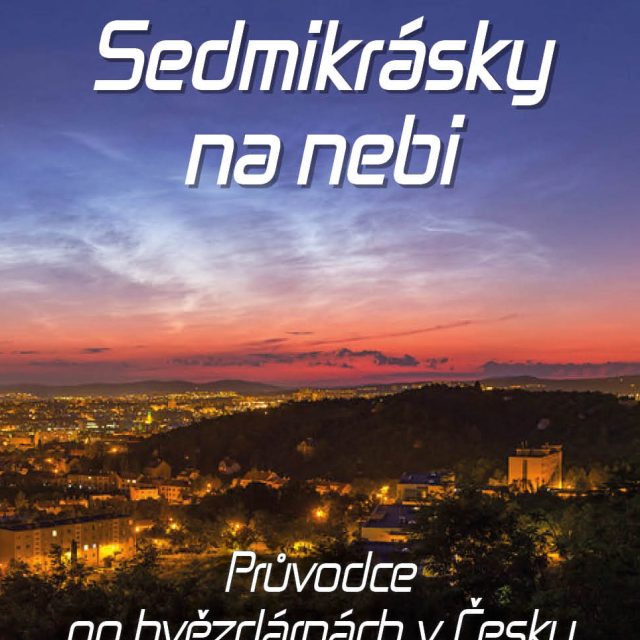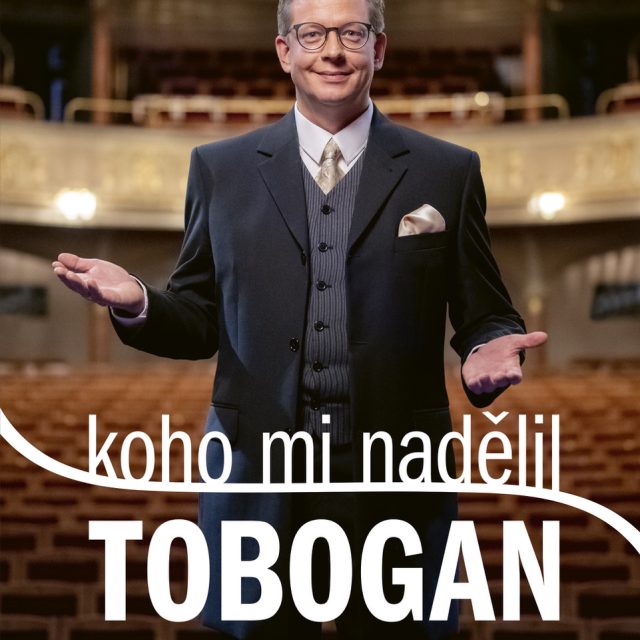Miloslav Ištvan
* 2 September 1928 Olomouc† 26 January 1990 Brno
Miloslav Ištvan is still remembered by his students and colleagues and in wider circles as a composer, teacher and music theorist. We perceive his importance chiefly in his connection to modern European music in conveying its principles to a younger generation of composers and in articulating the plurality of musical styles and genres in his own work.
He acquired a thorough grounding in music during his childhood when he played the violin and piano. He studied composition privately with František Suchý and later with Vilém Petrželka. In 1947-48 he attended a secondary school course in music theory and history at the Brno Conservatory. At the Janáček Academy of Performing Arts (JAMU) in 1948 he became the student of Jaroslav Kvapil, whose late Romanticism leanings did not suit Ištvan. The latter found inspiration in the works of Leoš Janáček, Igor Stravinsky and Arnold Schönberg. During the time he was studying at the JAMU, he was artistic director of the Julius Fučík Ensemble. He remained connected professionally to the JAMU throughout his life: first as a technical assistant and after 1965 as a lecturer. He turned down a professorship that came with political conditions in the first half of the 1980s. In the 1960s he was a member of Group A (later called Parasiti Apollinis); from the end of the 1960s he was a member of Group Q. In 1980 he was involved in the creation of a free association of music composers and music scholars, who after 1989 set themselves up officially as the Camerata Brno.
In terms of development Ištvan’s work falls into several periods. The oldest works consist of compositions deriving from folk song and European neo-folklorism on the model of Janáček, Bartók and Prokofiev. The influence of these composers can be found in works such as his Piano Sonata No. 2, his Concertino for Violin, his Rhapsody for Cello and Piano and his String Quartet No. 1 (1962-3). New Music trends reached the Brno school of composers at the end of the 1950s, that is, about ten years later as compared to the West. Ištvan’s first major reaction to the post-war avant-garde was his Dodekameron (1964), in which he worked systematically with the number twelve.
After 1966 Ištvan’s works are characterised by elaborate rhythm and an interest in percussion instruments, these being related to his study of music outside Europe. One example of this is his cycle Ritmi ed antiritmi pro dva klavíry a bicí (Rhythms and Antirhythms for Two Pianos and Percussion). We might also mention Ištvan’s interest in electro-acoustical music. Some of his most striking efforts here are Ostrov hraček (Island of Toys 1967–8) and Avete morituri (Hail, You About to Die 1970), reactions to the occupation by the Warsaw Pact troops. He developed his technique of collage and montage in other works as well, for example, in Zaklínání času (The Exorcism of Time 1967), where he used the method of a collage of Renaissance motifs in combination with an unusual grouping of instruments. One of the high points of Ištvan’s oeuvre is his post-modern oratorio Já, Jákob (I, Jacob 1968). To montage he joins a number of various other elements such as stage action, a tape recording, belcanto and pop vocals, Czech and Hebrew and also spatial sound production.
The composer’s use of elements from ancient music, jazz, rock and minimalist is in line with the trends of Alfred Schnittke’s polystylistic music. Ištvan however expressly refuses to see polystylistic music as an independent category because it does not create its own self-contained music system. It was also in this spirit of synthesis that he wrote his chamber cantata Hard Blues (1980) using Black American folk songs. Two of his major synthetic works are his nine-movement symphonic piece Tempus irae (Time of Anger 1983) and Vokální symfonie pro soprán a bas sólo, recitátora a orchestr (Vocal Symphony for Soprano and Bass Solos, Speaker and Orchestra 1986). His latest important composition is Makrosvěty (Microworlds 1990) for percussion instruments.
Compositions for the stage make up a fundamental part of Ištvan’s works, appearing all along his career. In the course of nearly four decades he has written about three dozen works for stage, a feat that places him among the most important representatives of this genre in the Czech Republic.
Most noteworthy of the composer’s theoretical works is his Metoda montáže izolovaných prvků v hudbě (Method of Montage of Isolated Elements in Music 1973). In it, Ištvan develops his theory of modern and New music, introducing montage as a concept into Czech music terminology. In his Jednohlas v soudobé hudbě (Monophony in Contemporary Music 1989) he undertakes a re-evaluation of harmony as a basic building principle of composition and returns to a horizontal way of thinking. A complete listing of Miloslav Ištvan’s works would mount up to almost two hundred compositions and almost fifty theoretical articles. Author: Martin Flašar
Nejposlouchanější
-
Tragédie Liblice. Mysteriózně-špionážní vesnické krimi s prvky utopického thrilleru z dílny VOSTO5
-
Jane Austenová: Rozum a cit. Příběh o osudových láskách, nadějích i milostných zklamáních
-
Molière: Lakomec. Ivan Trojan v titulní roli slavné komedie, v níž jde o peníze až v první řadě
-
Alexandre Dumas ml.: Dáma s kaméliemi. Příběh o tragické lásce pařížské kurtizány
E-shop Českého rozhlasu
Starosvětské příběhy lesníků z časů, kdy se na Šumavě ještě žilo podle staletých tradic.
Václav Žmolík, moderátor


Zmizelá osada
Dramatický příběh viny a trestu odehrávající se v hlubokých lesích nenávratně zmizelé staré Šumavy, několik let po ničivém polomu z roku 1870.




